Def-Expo2020
IDD Bureau
India’s artillery gun acquisition programme, is presently being bolstered with the rapid induction of two types of guns. The M777 Ultra Lightweight Howitzer (ULH) produced by the BAE Systems and the K9 Vajra-T self propelled tracked gun produced by Larsen and Toubro ( L&T) in collaboration with Hanwha Techwin of South Korea.
To date, BAE Systems has produced and delivered 25 guns to the Indian Army, with another 70-plus planned for 2020. Deliveries for the entire lot of 145 ordered by India, is expected to be completed in 2021.
The L&T is making the 100 self propelled tracked guns and the 51st piece was handed over at ceremony attended by Indian Defence Minister Rajnath Singh recently.
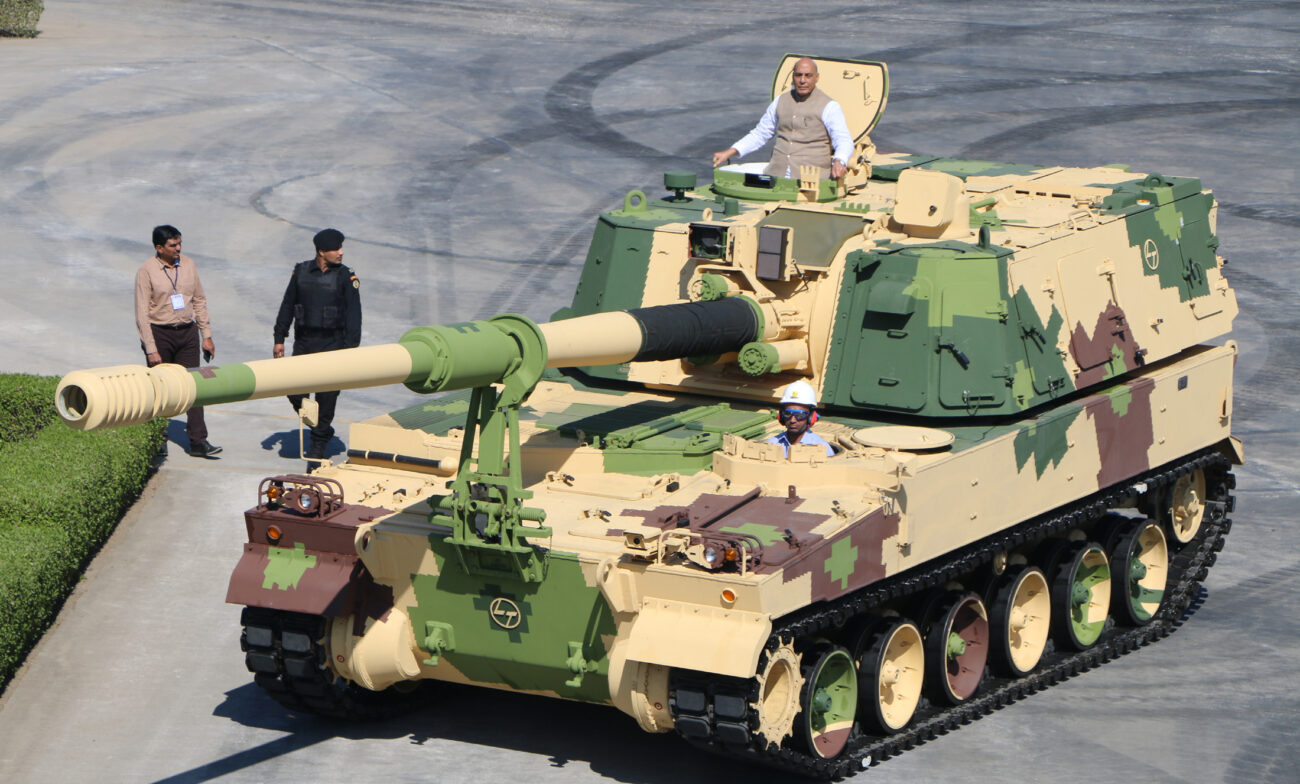
Notwithstanding the overarching role played by artillery guns in Kargil War (May –July 1999) , India’s Artillery modernisation was moving slowly till about 2015. Before this recent surge, the last modern artillery system to be inducted by the army, was in 1987 when 410 pieces were ordered of the Bofors FH77B02 for Rs 1500 Crore.
The Indian Army’s Field Artillery Rationalization Plan, drawn in 1999, aimed to acquire 2,800-3,000 155 mm/52-calibre guns of all kinds and 155 mm/39-calibre lightweight howitzers by 2027.
The projection includes 814 truck mounted guns, 1580 Towed Guns, 100 tracked Self Propelled guns,180 wheeled Self Propelled guns and 145 Ultra Light Howitzers.
Besides inducting the M777 and the K9 Vajra-T, India is running four other simultaneous programmes for its artillery modernisation.
The other three programme are for adding numbers to the towed artillery guns guns. A total of 144 pieces of ‘Dhanush’ are being produced by the Ordanance Factory Board (OFB), which controls a group of factories under the Ministry of Defecne. The advanced towed artillery gun systems (ATAGS) is being made by private sector companies and lastly the ‘Sharang’. The last one is the name for the up-gunned artillery pieces. A total of 300 130 MM guns of Soviet parentage are being up-gunned to 155MM
All the guns will be on display at the Def-Expo -2020 the biennial event organised by the Ministry of Defence from Feb 5-Feb 8 at Lucknow in the state of Uttar Pradesh.
The M777
Under the agreement, 120 ULH systems are being assembled, integrated and tested in India by Mahindra Defence Systems Ltd. (MDSL), as part of the Make in India programme.
The M777 howitzers were ordered under a government-to-government Foreign Military Sales deal with the US, and the $700 million mountain gun deal was signed in November 2016. It is one of the lightest guns and has seen active duty in Iraq and Afghanistan. India intends to deploy the M777 on high altitude borders with China and Pakistan and is especially useful as Chinook helicopters that can transport them quickly.
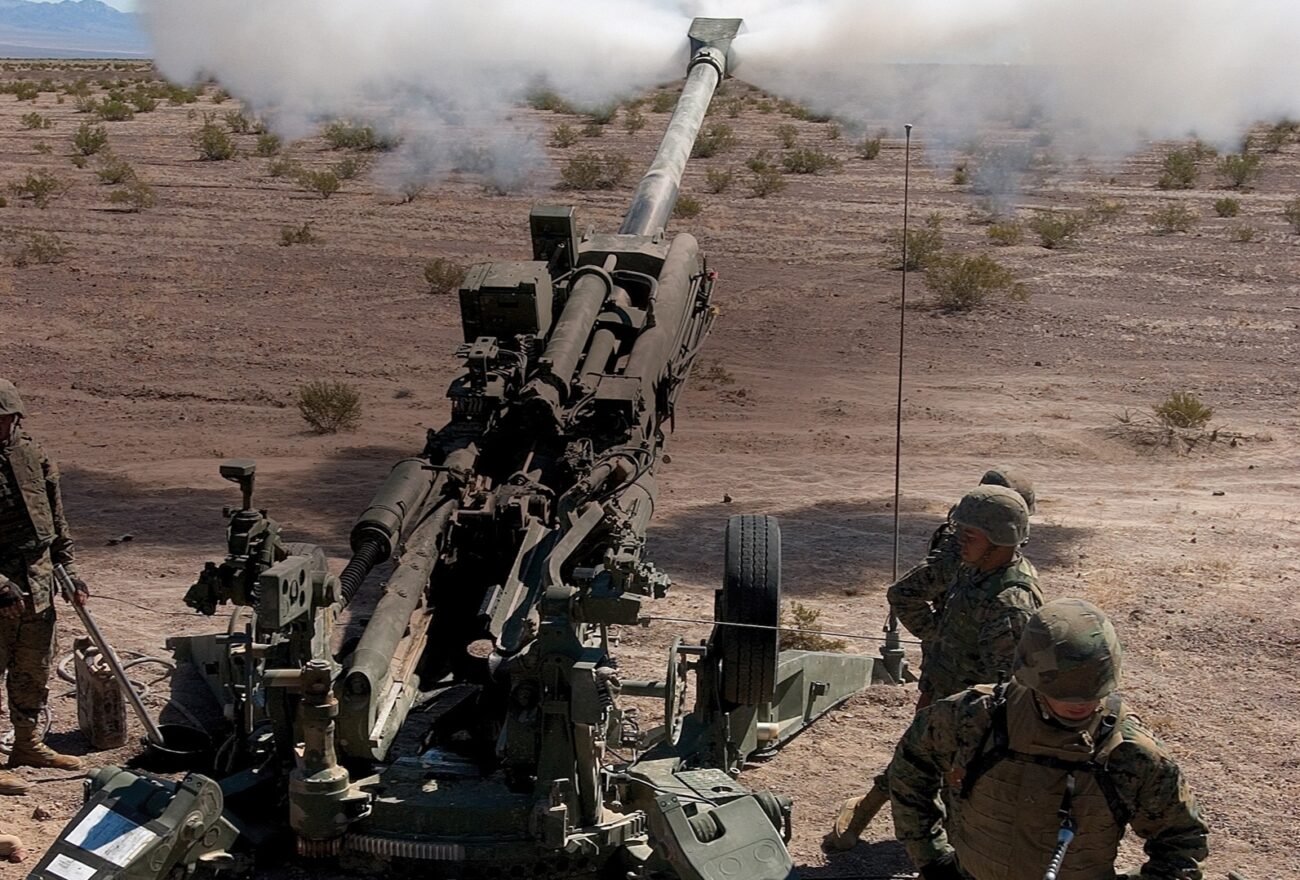
A statement of the BAE quoted Dave Armstrong, BAE Systems’ Group Business Development Director, saying: “India is a strategic market for BAE Systems, and DefExpo 2020 will provide the company with the ideal platform to showcase the deep collaboration and commitment that exist with the Indian government and across industry, highlighted best by the ongoing success of the M777 ULH programme.”
This will be the main weapon for India’s upcoming Mountain Strike Corps. The BAE has further tied up with Mahindra’s to make some 50 percent of the guns in India. Made of titanium each M777 weighs 4000 kg making its transportable by CH-47 Chinook helicopters, C-17 Globemaster and the C-130 Hercules aircrafts or on trucks with ease to provide increased mobility.
The K9 Vajra-T
Is a 155mm/ 52 tracked self-propelled tank-mounted howitzer, which has its roots in the K9 Thunder, the mainstay of the South Korean Army. The Vajra offers a high rate of fire at a long range and is compatible with Indian and standard NATO ammunition. The design incorporates a Modular Azimuth Position System (MAPS) made of all welded steel, an automatic fire-control and a turret traverse system. Moreover, The hydro-pneumatic suspension system provides high-ground clearance and mobility across different terrains.

Costing Rs 4,366 crore ( some $ 620 million) is to complete by November 2020. The gun has a maximum range of 28-38 km. It is capable of burst firing three rounds in 30 seconds, intense firing of 15 rounds in three minutes and sustained firing of 60 rounds in 60 minutes.
It can be deployed any place the Indian Army operates its tanks — in the plains of north India, deserts of Rajasthan and also on the plateau of Ladakh.
Dhanush ATAGS and Sharang complete the towed guns troika
India is running three separate programmes. The Dhanush is an upgraded version of the Swedish 155-mm Bofors howitzers which India procured in the mid-1980s. It is a 155-mm, 45-calibre gun with a maximum range of 40 km in salvo mode, compared to the 39-calibre, 27-km range of the original guns.
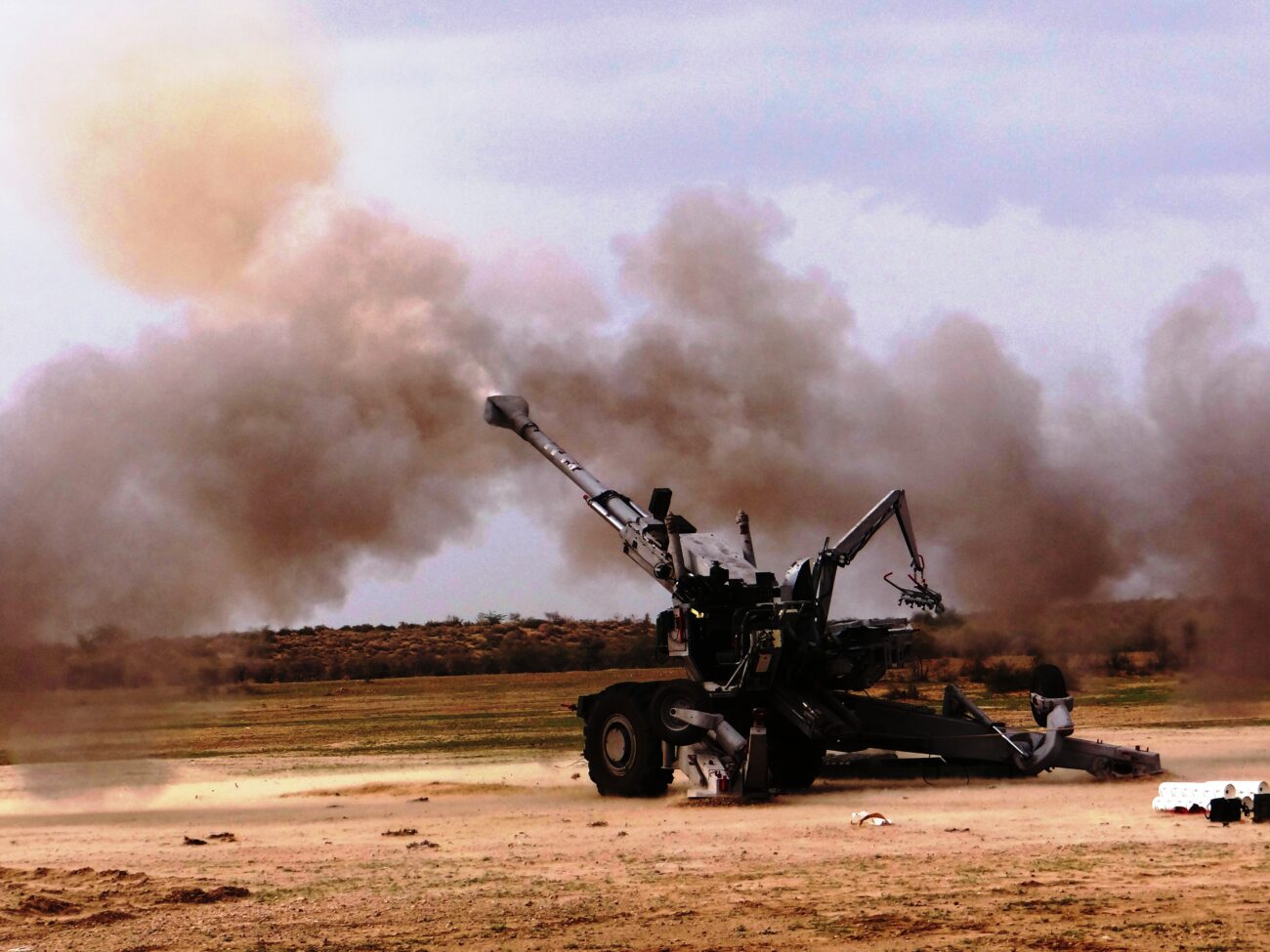
The first regiment of Dhanush artillery guns has been inducted into the Army. Dhanush has undergone extensive trials in various conditions.
The ATAGS has been developed by the Defence Research & Development Organization (DRDO) along with the Army which is a fully indigenous 155mm/52 calibre weapon. The defence acquisition council of the MoD okayed the need of 150 numbers of Indigenously designed and developed ATAGS at an approximate cost of Rs 3,364 crores.
Two Indian private manufacturers – Tata Power Strategic Engineering Division (SED) and Bharat Forge — will produce the guns.
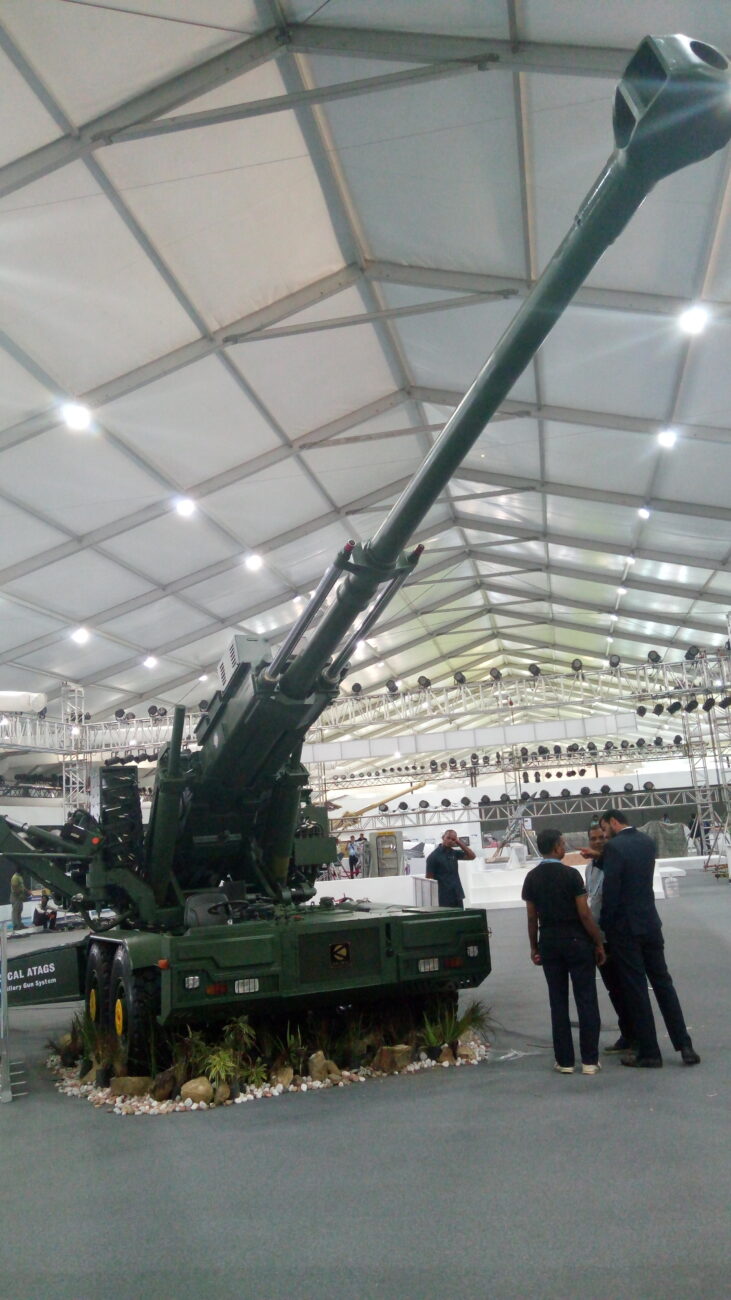
The MoD had sanctioned the ATAGS project in September 2012 and the DRDO partnered with Bharat Forge and Tata Power SED to develop two prototypes G-1 and G-2 which were tried out.
The ATAGS is aiming to fire at close to 60 kms, nearly double that of the first Bofors guns. It has all-electric 95 kW battery as opposed to hydraulic drive, which means it can work at high altitudes without fears of the hydraulic liquid freezing.
The DRDO said on January 24 that the ATAGS will be part of the live demonstration at Def-expo.
The first batch of 18 indigenously upgraded ‘Sharang’ artillery guns will be inducted into the Army by March 31 this year. The OFB is up-gunning some 300 pieces for Rs 200 crore.
India has some 130 mm M-46 artillery guns and all the upgraded guns will be supplied to the Indian Army by 2022.
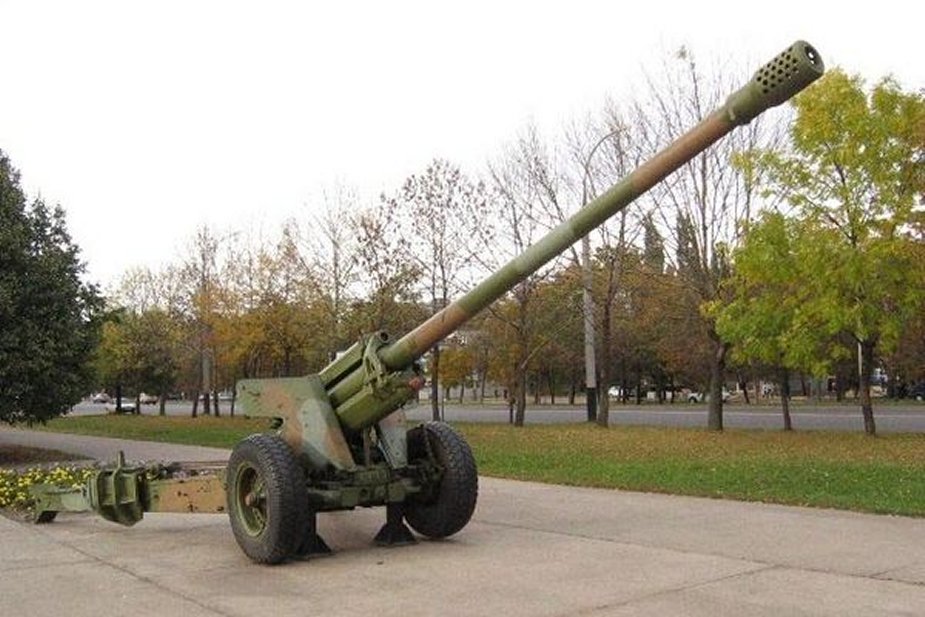
The Sharang upgrade kit costs less than Rs 70 lakh per gun, it increases the M-46’s range from the existing 27 km to 39 km. The 155 MM shell has 8 kg of TNT more than double the 130 mm shell that has 3.4 kg of TNT.

The gun has a combat weight of 8.4 tonnes and a length and width of 11.84 metres and 2.45 metres. The Army currently has around 180 of the 155 mm field guns that were upgraded by Israeli firm Soltam under Project Karan in 2008.
The Gun Carriage Factory (GCF) in Jabalpur had won the global contract to upgrade the M-46 artillery gun.





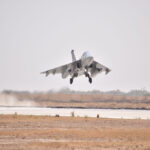
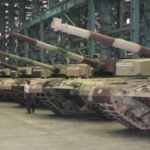
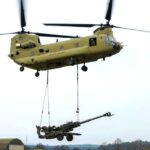
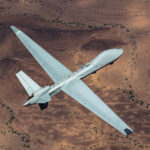
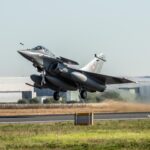


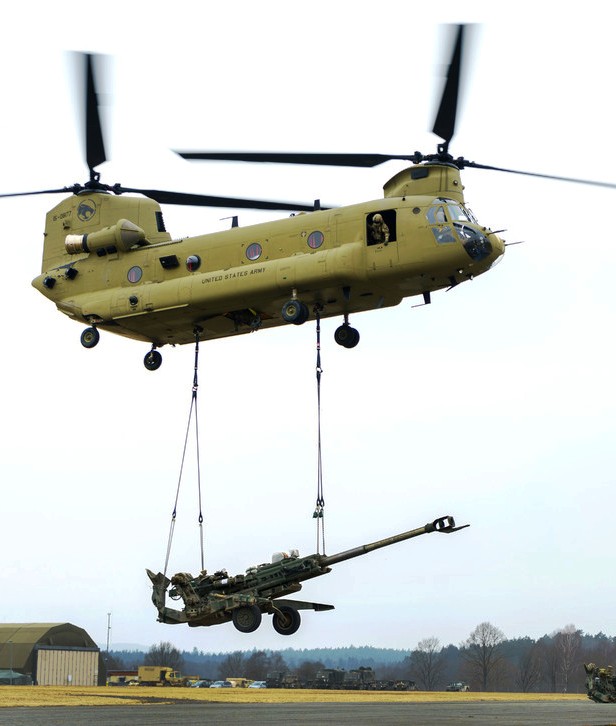
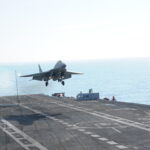
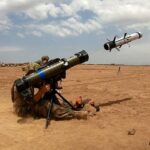
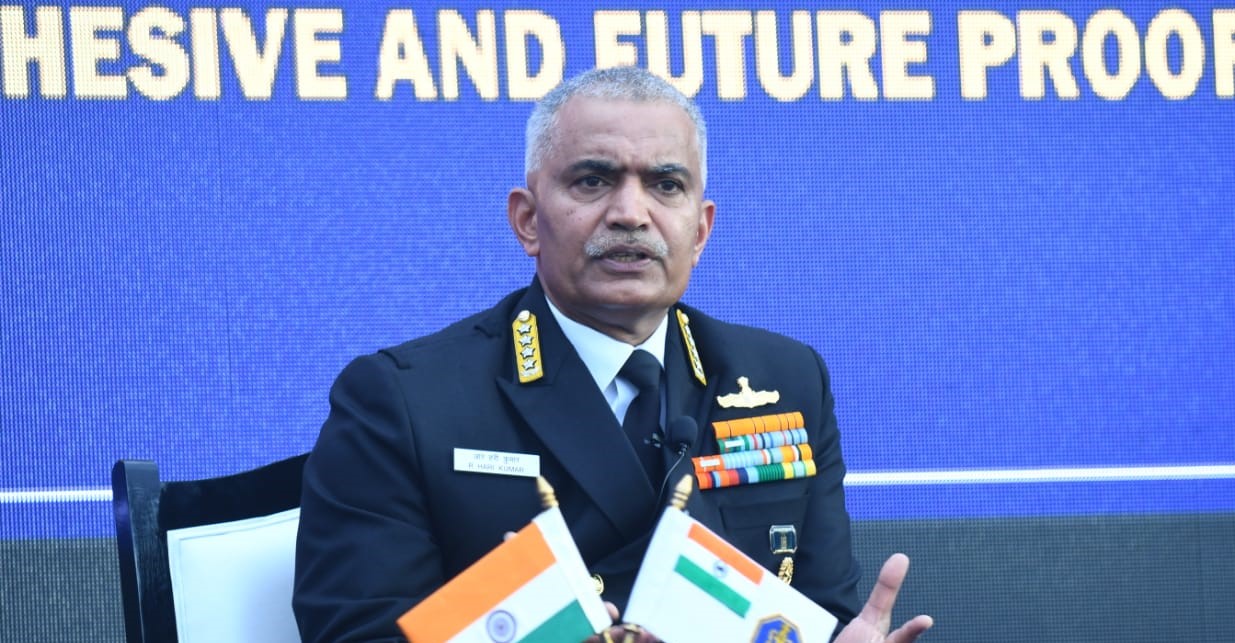
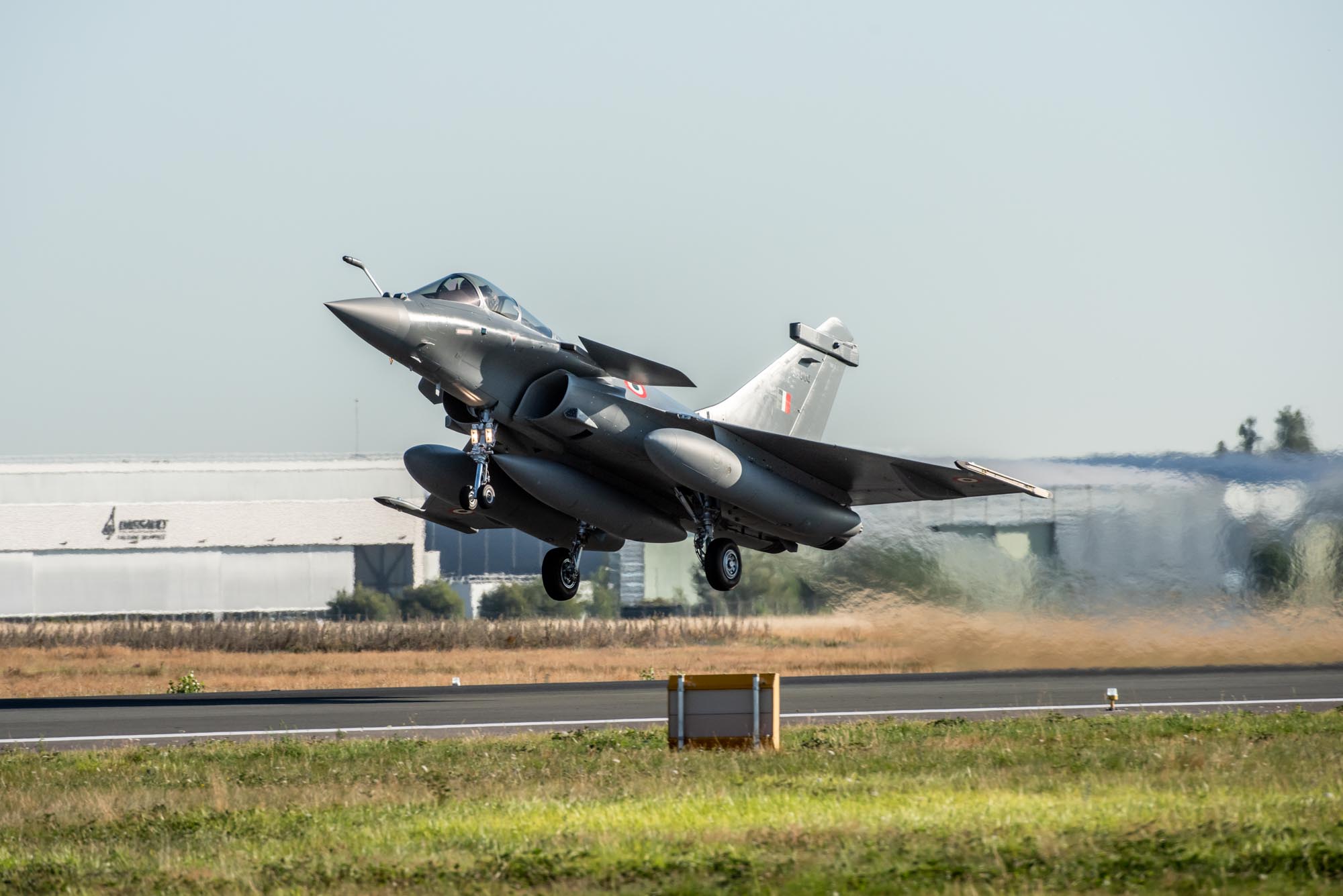
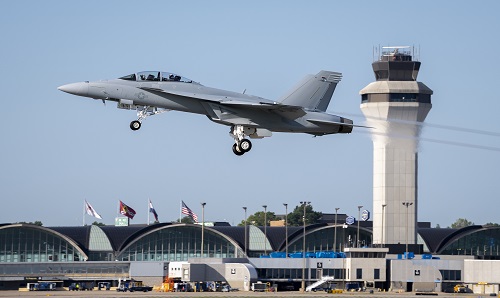
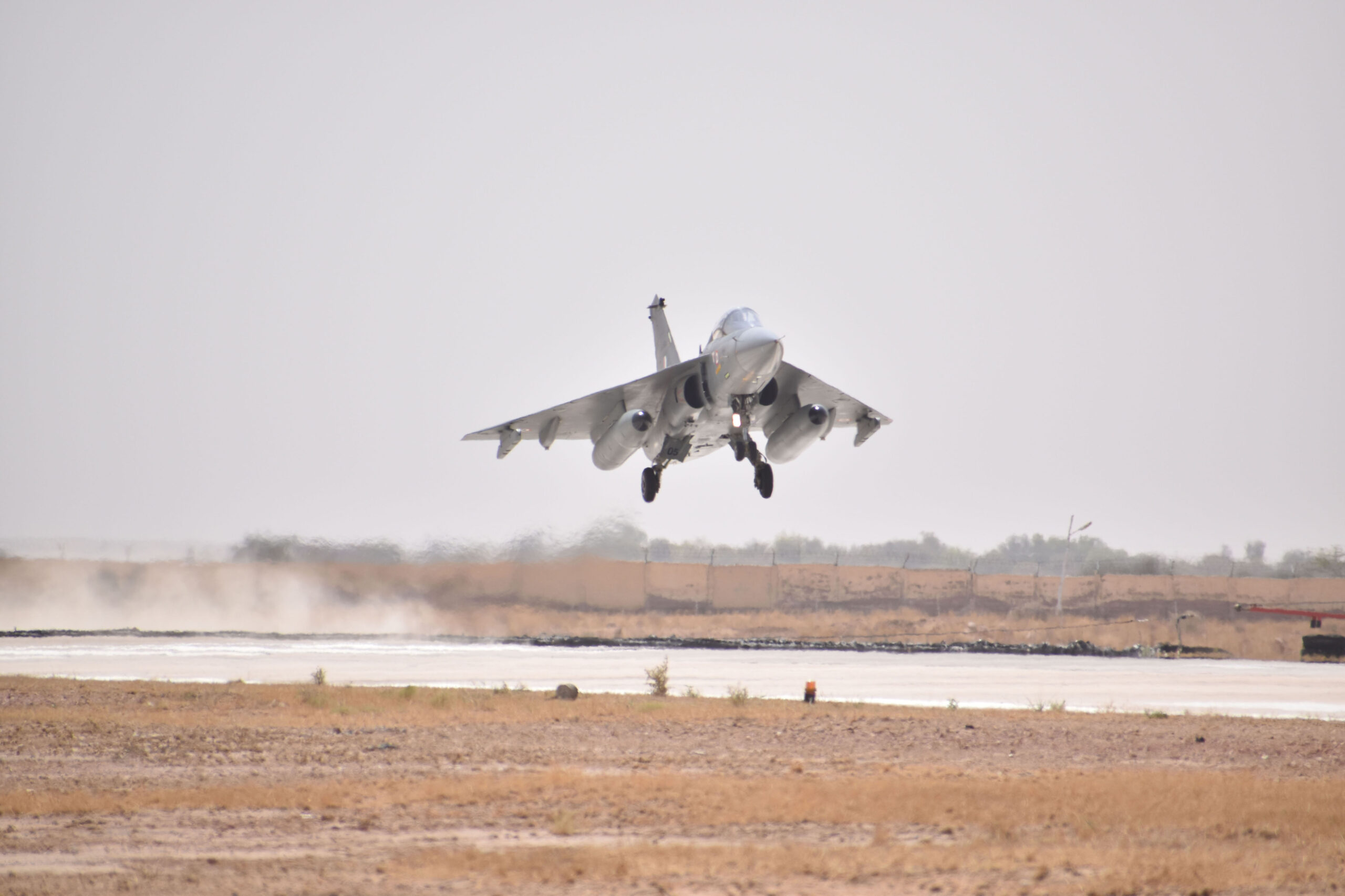
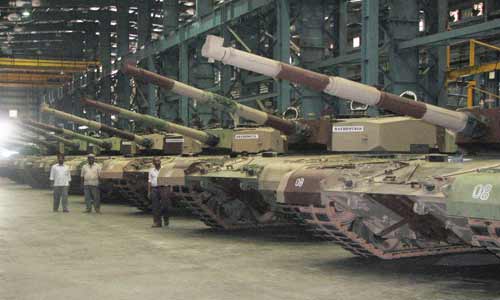
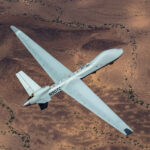

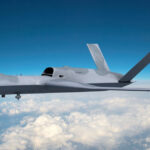
Recent Comments